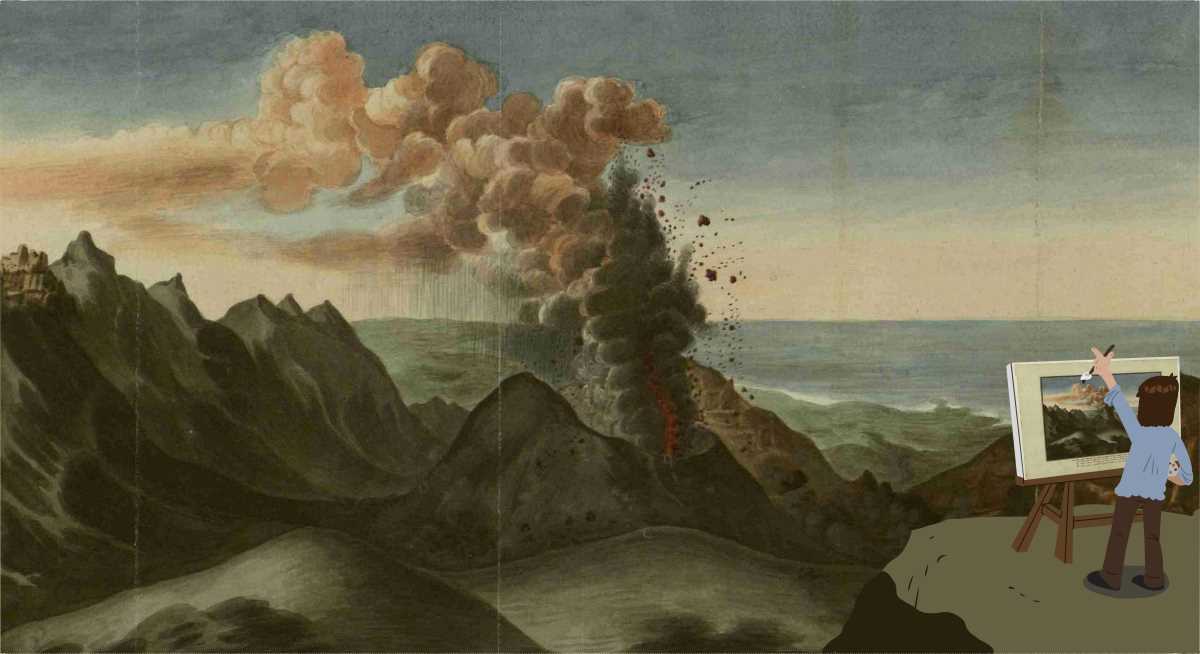Tuxtla Volcano: Science, Art in 18th Century New Spain
In 1793, the Tuxtla volcano in San Martín Tuxtla, Veracruz, erupted in a terrifying spectacle that had locals fearing the end of the world. The event captured not just local attention but also that of Spain's King Charles IV, who dispatched a scientific expedition

On March 2, 1793, the earth shook as if in agony and the skies darkened over San Martín Tuxtla, a town in Veracruz, Mexico. This was not just another thunderstorm or natural event; it was something far more terrifying. The local volcano had awakened, heralding its fury with ominous rumblings. Within hours, lava oozed out, rocks and sparks shot skyward, and a vast cloud of ash enveloped the town. Fear gripped the people, who flocked to the church, praying for divine intervention. In their minds, this could very well be the apocalyptic end they had heard about in the scriptures.
This volcanic activity was more than a local calamity; it soon piqued the interest of the ruling elite and scholars. News of the eruption reached not just the viceregal halls of the capital in New Spain, but also the ears of King Charles IV of Spain. Influenced by his father's policies to advance science, the King ordered Juan Vicente de Güemes Pacheco de Padilla, the Viceroy of New Spain, to dispatch experts to study the phenomenon. It was a moment when empirical knowledge collided with the untamed forces of nature.




